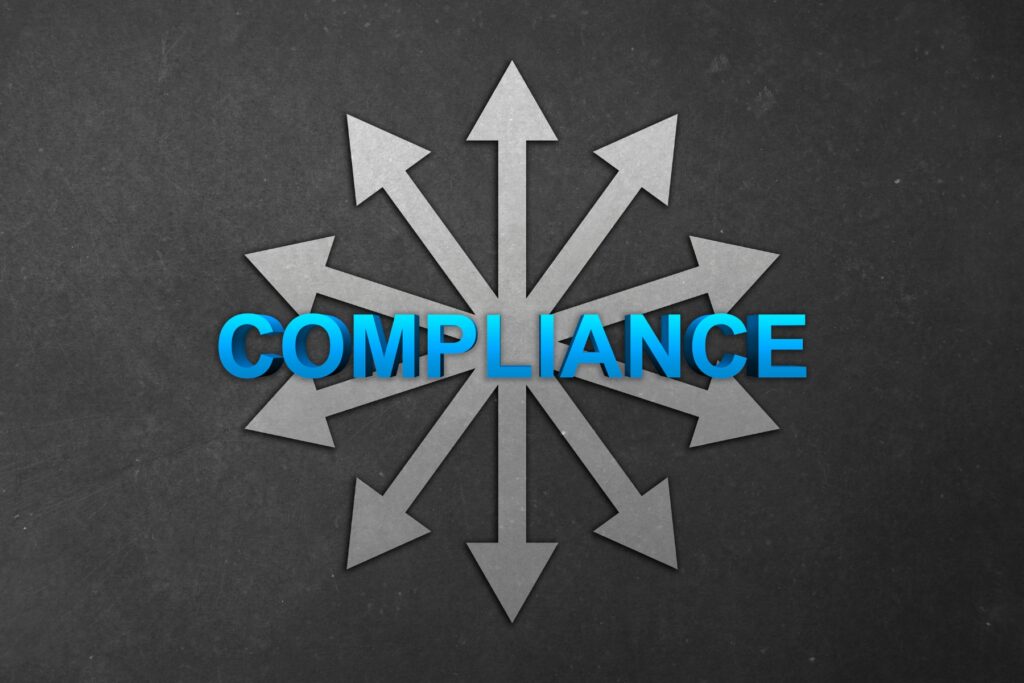
In the healthcare industry, compliance with medical waste regulations is essential to ensure the safety of patients, staff, and the environment. Non-compliance with these regulations can lead to severe consequences and hefty penalties. In this blog post, we will discuss the importance of reducing medical waste compliance violations and highlight the significant impact it can have on your organization. We will also explore effective strategies to achieve a 90% decrease in non-compliance instances, backed by statistical evidence and real-world examples.
Understanding the Impact of Non-Compliance
Failure to comply with medical waste regulations can result in severe financial, legal, and reputational repercussions. Regulatory bodies impose strict guidelines to prevent the improper handling and disposal of medical waste, protecting public health and the environment. Violations can lead to fines, lawsuits, damage to your organization’s reputation, and even the suspension of operations. Taking proactive measures to ensure compliance and mitigate these risks is crucial.
The Cost of Non-Compliance
Non-compliance with medical waste regulations can be a costly affair. Studies have shown that organizations found to be non-compliant with waste disposal regulations face an average penalty of $10,000 per violation. These penalties can quickly accumulate, leading to significant financial burdens for healthcare facilities. Organizations can avoid these hefty fines and protect their financial stability by actively working towards reducing non-compliance.
Strategies for Achieving a 90% Decrease in Non-Compliance
Implementing effective strategies can significantly reduce instances of non-compliance with medical waste regulations.
Here are some critical approaches to consider:
1.Comprehensive Training Programs: Provide regular training sessions to all staff members involved in medical waste handling and disposal. Ensure they are well-versed in proper waste segregation, packaging, and labeling techniques.
2.Robust Documentation and Recordkeeping: Maintain meticulous records of all waste disposal activities, including waste types, quantities, disposal methods, and required documentation. It helps track compliance and provides evidence in case of audits or inspections.
3.Periodic Compliance Audits: Conduct routine internal audits to identify gaps or deficiencies in waste management practices. These audits help identify areas for improvement and ensure ongoing compliance.
4.Partner with a Reliable Medical Waste Disposal Service: Collaborate with a reputable and compliant medical waste disposal provider like MedPro Disposal. Their expertise and adherence to regulations can help streamline your waste management processes and minimize the risk of non-compliance.
Conclusion
Reducing medical waste compliance violations is a critical responsibility for healthcare facilities. To achieve a 90% decrease in non-compliance instances, organizations can safeguard their finances, protect their reputation, and ensure the well-being of patients and the environment. By implementing comprehensive training programs, maintaining robust documentation, conducting periodic audits, and partnering with a trusted waste disposal service provider like MedPro Disposal, healthcare facilities can successfully navigate the complexities of medical waste compliance.
Reference:
https://www.epa.gov/rcra/medical-waste


